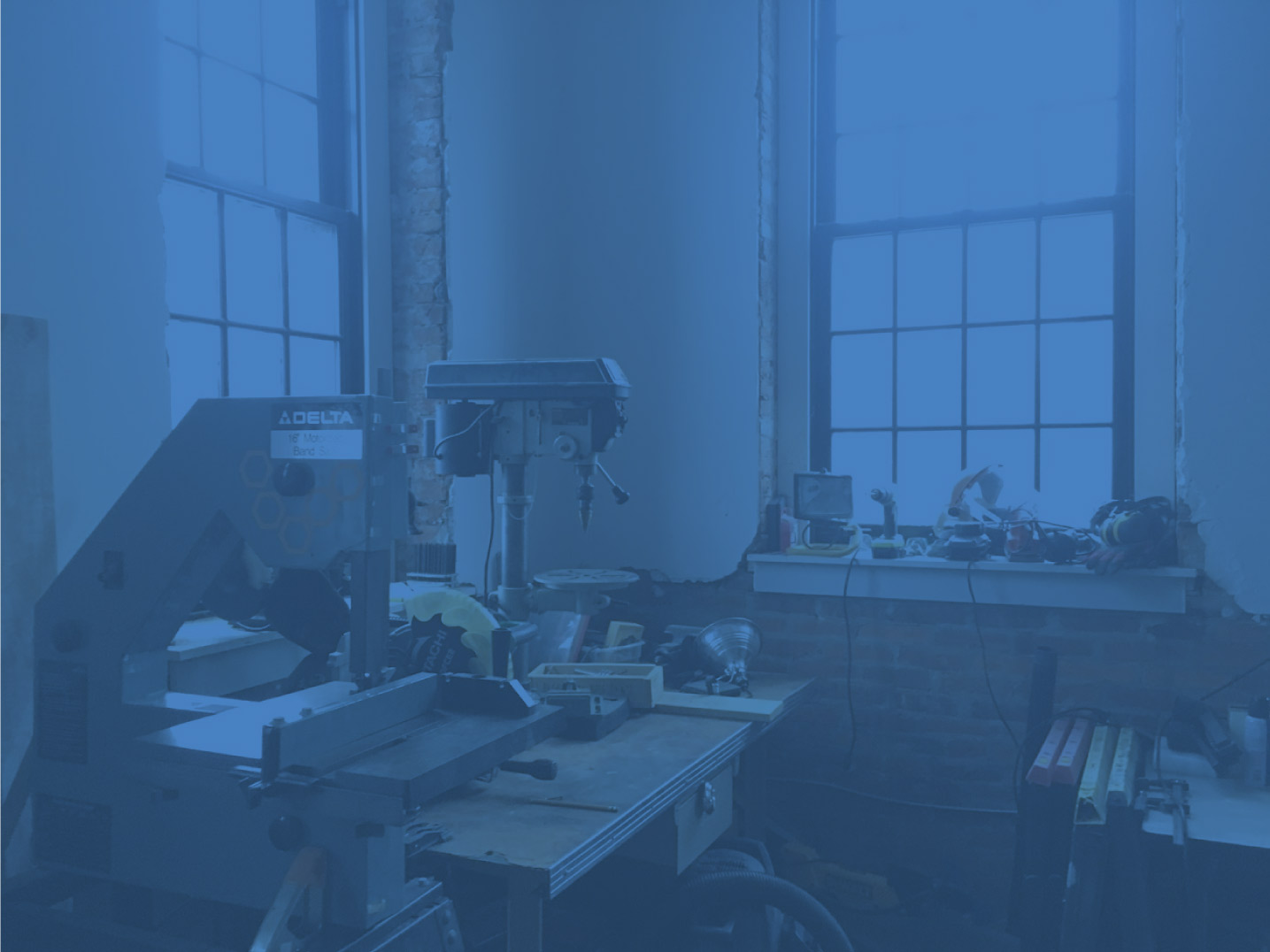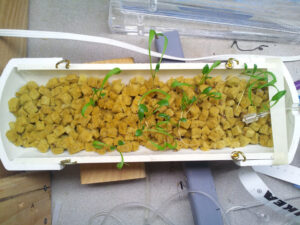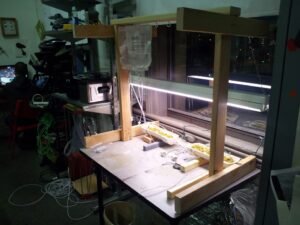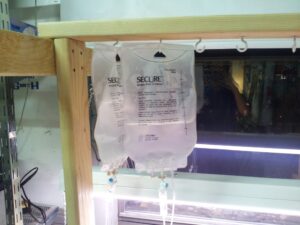My current project at Hive76 is working on indoor hydroponic systems. The project comes from an interest in plants that I picked up from tending to my mother’s garden as a child. My family was fortunate to have enough land for a sizable garden when I was growing up, but now that I live near center city Philadelphia, good plots of land can be difficult to find. So I naturally turned to hydroponics because it is not limited by land area the same way that traditional farming is.
Hydroponics has the potential to revolutionize farming as we know it because it allows for plants to be grown in highly controlled environments. This means that the light, water, and nutrients that plants need to thrive can be optimized to promote rapid growth while reducing waste and pollution. Also, as mentioned before, hydroponics systems be built vertically instead of just horizontally, which is a huge benefit in dense urban environments like Philadelphia.
Even with all the potential benefits of hydroponics, it has yet to become a competitor with traditional farming in the open market. There are many reasons for this, one reason is that the cost of lighting in an indoor hydroponic system will always cost more than traditional farming, which gets its light for free from the sun. (Luckily the cost of lighting is dropping all the time with advancements in florescent bulbs and LED technology.) Another reason is that there is a lot of politics around farming that doesn’t favor the development of hydroponics.
Despite all the this, hydroponics is still holds a lot of potential to revolutionize agriculture. It is also a great way to learn about plant science. I’m particularly interested in using hydroponics to develop a low cost platform for amateur science experiments. The hope is that by empowering people with the right tools , the next breakthrough in agriculture might come from a high-school student’s science fair project!
The hydroponic system that I am building at Hive76 is very much in the early stages. In the meantime, I wanted to post a video on a previous hydroponic system that I built in my basement 2 years ago. It works by flooding the roots of the plants with water supplied by a reservoir below.
Enjoy and stay tuned for updates!












